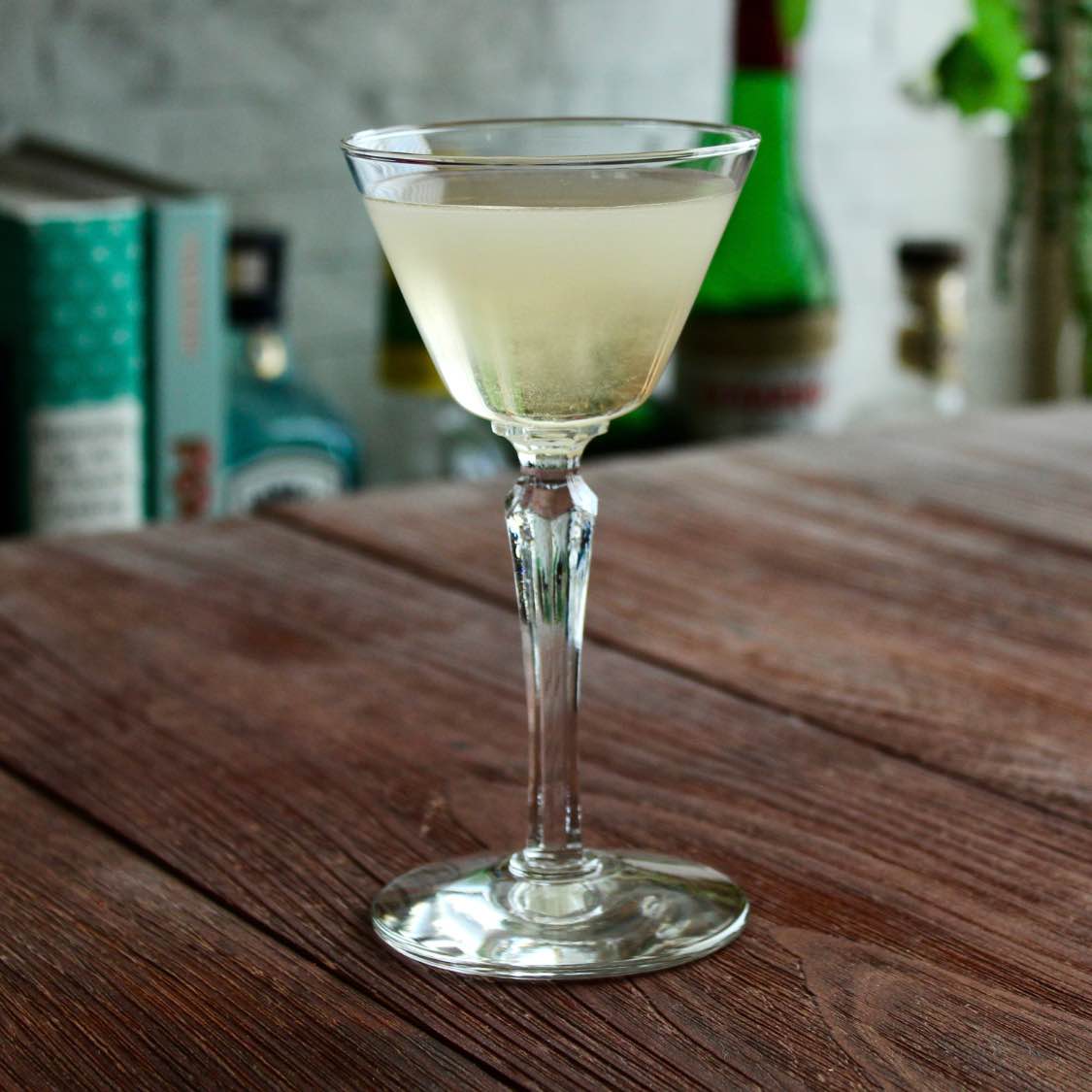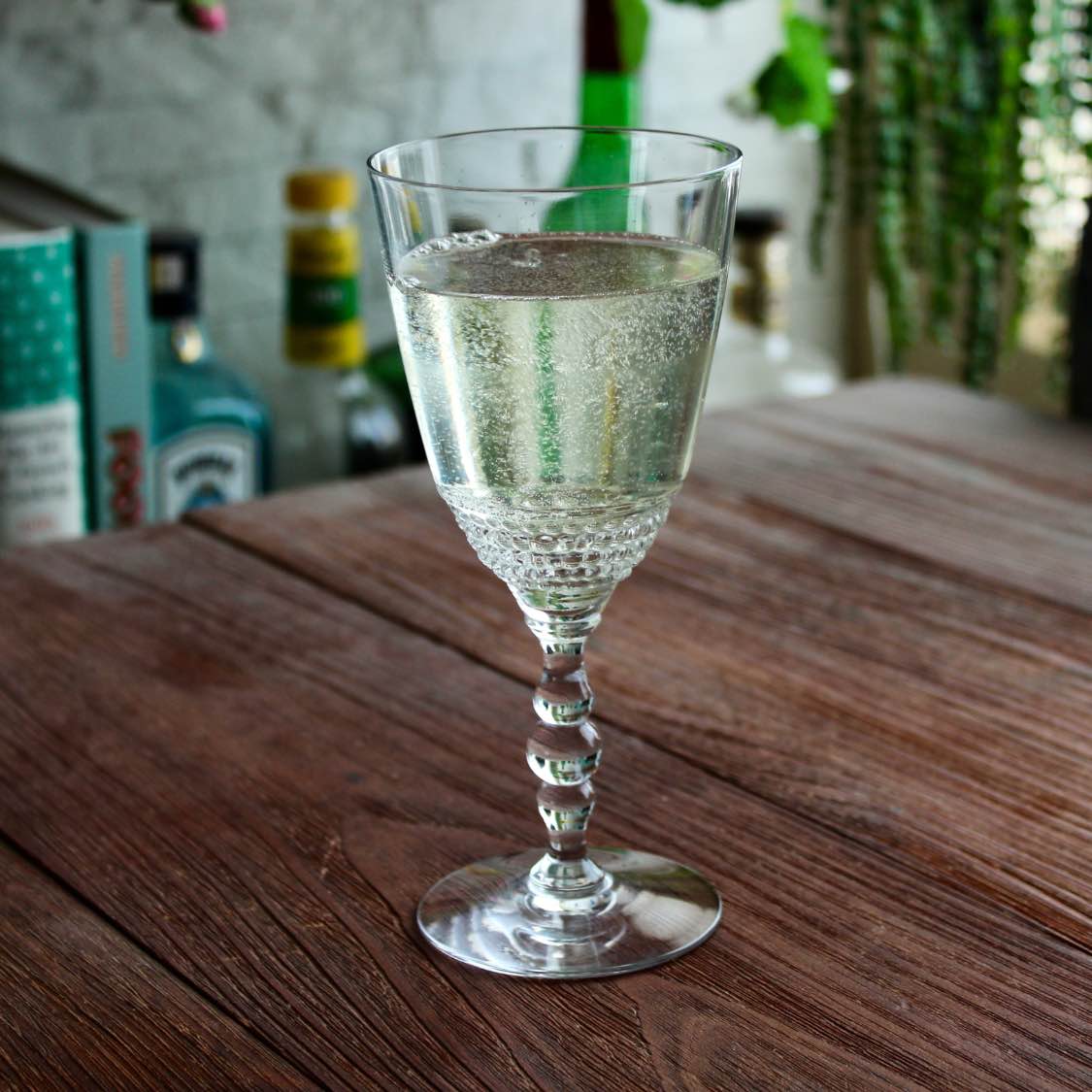Some Variations On Eggnog.
There are countless eggnog recipes, and they all range from thick custard-like dairy drinks to non-alcoholic almond milk drinks and from really good store-bought to bad store-bought. A typical grocery store may sell well over a dozen different eggnogs during the holiday season. Although, you can have fun with eggnog when it’s homemade. Common homemade variations of eggnog are:
- Traditional no-cook eggnog. Like this recipe, most of your traditional eggnogs are not cooked but either shaken or beaten and drank right there or stored in the fridge for several days to develop more flavor.
- Modern cooked eggnog. Eggnogs started to get cooked due to the worry of food poisoning from consuming raw eggs. These tend to be very thick and custard-like and are the majority of most recipes today.
- Dairy-free eggnog. Typically made for lactose intolerance, these will replace the dairy with either coconut milk, almond milk, soy milk, oat milk, or other alternative milk. They also usually don’t have eggs, and most are also vegan.
- Egg-free eggnog. They are typically made for allergies, dietary, or just because some folks are grossed out by drinking eggs. Egg-free eggnogs exclude the eggs altogether and use heavy cream to provide a thicker texture.
- Vegan eggnog. Made for dietary and lifestyle choices, most of your dairy-free egg nogs are also vegan.
- Alcohol-free eggnog. Almost all store-bought eggnogs are alcohol-free unless bought at a liquor store. Typically purchased for their convenience, the option of adding alcohol or not, children can join in.
I love eggnog and have drank a ton of everything listed above. That being said, this 1862 Jerry Thomas recipe is the best eggnog I have ever had. THE BEST. This is not a sweet and thick recipe; it tastes like a slightly thicker milk punch. This recipe is ripped right from the 1862 Bartender’s guide. The only change I made was the addition of vanilla extract, cinnamon, and nutmeg. The original recipe did not have those ingredients, but I added them because they make the drink taste better and more in line with what someone expects eggnog to taste. This recipe is outstanding because it tastes exactly like you would expect eggnog to taste, but the texture is thinner and more like a standard cocktail. It may sound gross to crack an egg into your shaker, shake it up and drink it, but you will be blown away once you try this eggnog. Keep in mind that these are the original recipes that made eggnog famous.
How To Get Great Foam On Cocktails With Egg Whites.
Egg Whites are challenging to get right in cocktails. Everyone struggles with them at some point, and bartenders search for any way to make whipping them into a fluffy meringue easier. Henry Ramos hired “shaker boys” to shake for him. Some use the dry shake or reverse dry shake, others swear by only using one large ice cube, and some say you have to shake till your arms fall off. The method I like is called the Saxe Shake, and De Forest Saxe invented it in the 1880s.
The Saxe Shake is largely unknown in the cocktail world because De Forest Saxe was a soda fountain operator in Chicago, Illinois. His 1890 book “Saxe’s New Guide Hints to Soda Water Dispensers” details his shaking technique for egg drinks that produces the best foam and can be accomplished with minimal effort. Saxe states to shake drinks with eggs with only one chestnut-sized ice cube. An Ice cube from a standard ice tray is about chestnut-sized, so one or two small cubes will work. Then shake until the ice fully melts, and pour into the serving glass without straining. The small amount of ice is just enough to cool and dilute the drink, and since there are no remaining bits of ice left in the shaker, there is nothing to strain. Passing the mixture through a strainer destroys most of the bubbles you worked so hard to make. As you add soda water, the escaping carbon dioxide fills the tiny bubbles in the drink, forcing them to expand and form a large fluffy foam. Give it a try. Using the Saxe Shake, I have turned out Ramos Gin Fizzes as fast and efficiently as any other shaken cocktail with excellent results.
Is Eggnog Cooked Or Not?
Most eggnogs are cooked at low heat, refrigerated for a few days, and taste like custard or melted ice cream. This is done to ensure that all the germs are killed that could potentially cause food poisoning and because most people are super grossed out at the idea of drinking a raw egg. Cooking also adds quite a bit of time to making eggnog, and it can be challenging to prevent clumping from the egg whites cooking hence why most buy it these days. Although if you add thickened cornstarch to the eggs before cooking prevents the egg whites from forming large cooked groups. Most recipes say the cornstarch adds thickness, but it prevents the proteins from forming large bonds and making the eggnog chunky.
This is not that kind of recipe. This one is fast and easy to make. No cooking, just a bunch of shaking. Most of the ancient recipes I found are not the cooked custard kinds but recipes like this one. You can let this drink sit in the fridge for a few days to develop more flavor or drink it right away.
As a word of warning, use pasteurized eggs if you can. Pasteurized eggs are still raw like a regular egg but with all the germs killed off. Pasteurized eggs don’t make big foamy egg white heads like non-pasteurized eggs do, but you can be sure they won’t get you sick. The FDA guesstimates that 1 in every 40,000 eggs has salmonella, which is super rare. Pasteurized eggs are hard to find, so you can pasteurize them yourself or roll the dice. If you have one of those fancy sous vide devices. As someone who has had Salmonella poisoning before, without going into detail, I will say it is one of the most painful things I have ever experienced. Again 1 in every 40,000. So rare, and if you get Salmonella, you’re much more likely to get it the same way I did by eating contaminated food prepared by someone who didn’t wash their hands. I’ve eaten countless raw eggs and have never gotten sick from eggs once.
The History Of Eggnog.
There is no definitive answer to where eggnog came from. Many guess it is a descendant of a medieval drink called posset, a milk and beer drink that would sometimes have an egg added for extra creaminess and flavor. The Oxford English Dictionary canonized the word nog in the late 1600s to mean a strong ale. It was probably used by the general population much earlier than that, but that’s when it was officially recorded. The first use of the word Eggnog started popping up in the United States in the late 1700s. England had a similar drink, but it was called an Egg Flip. Over time it became linked to Christmas and is not made much outside of the winter holiday season.














Leave a Reply